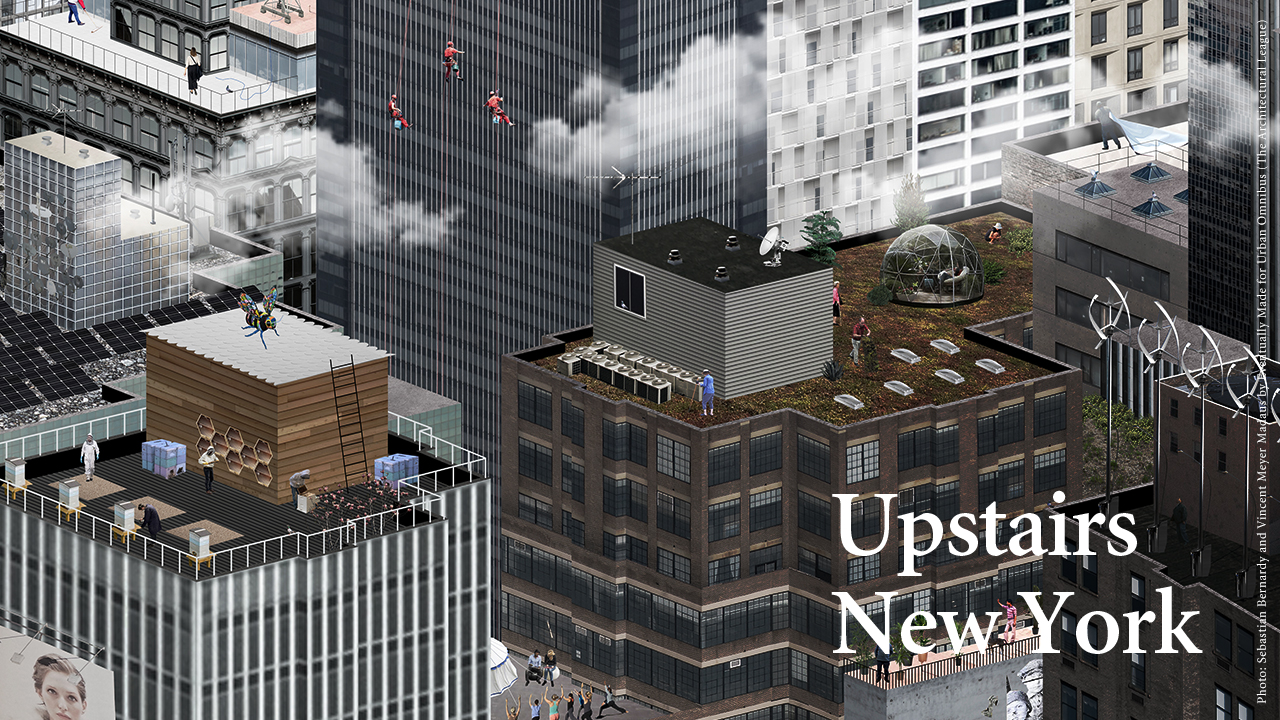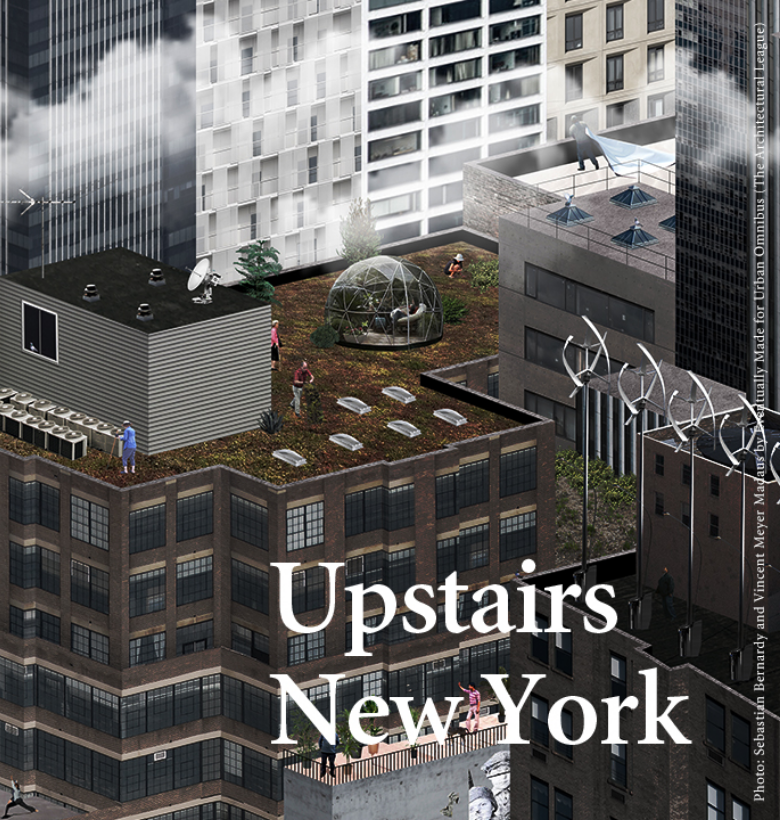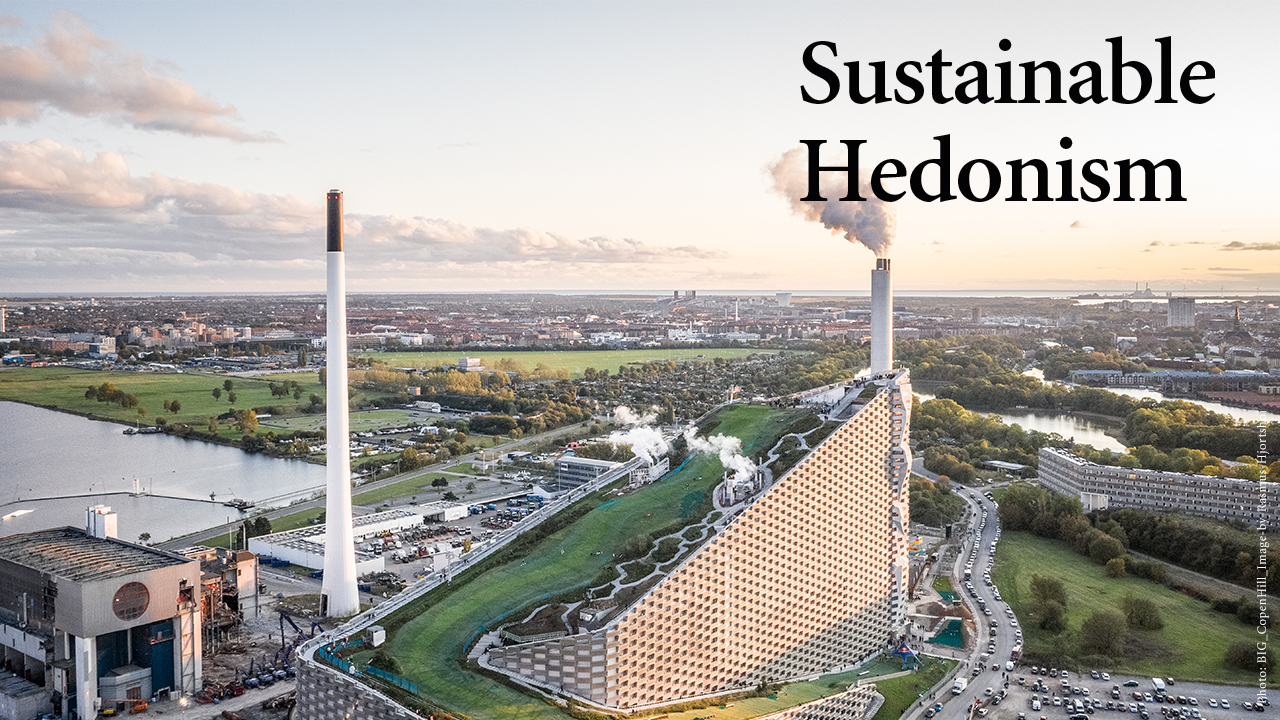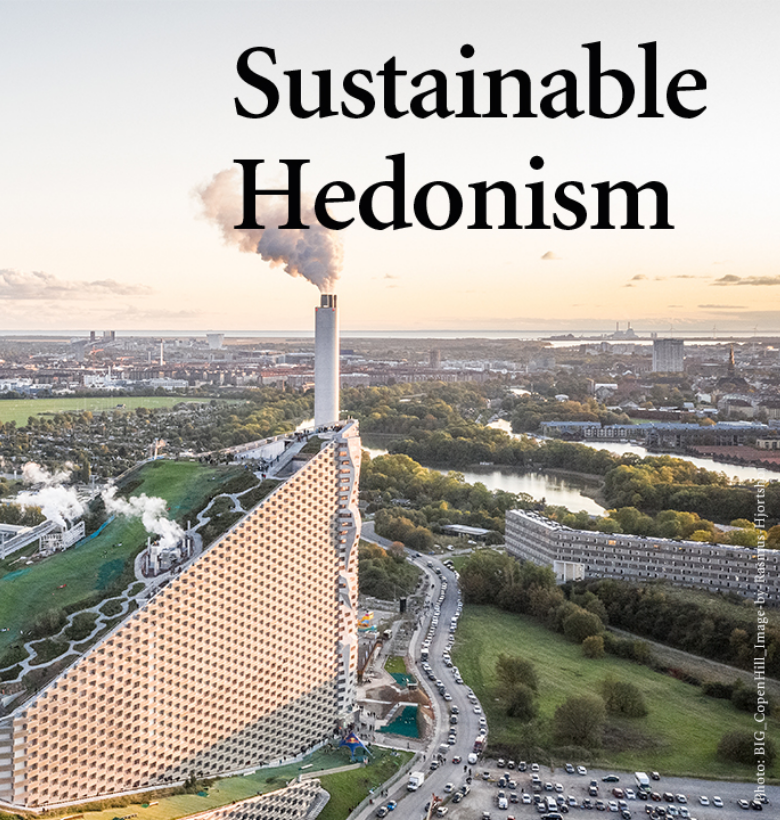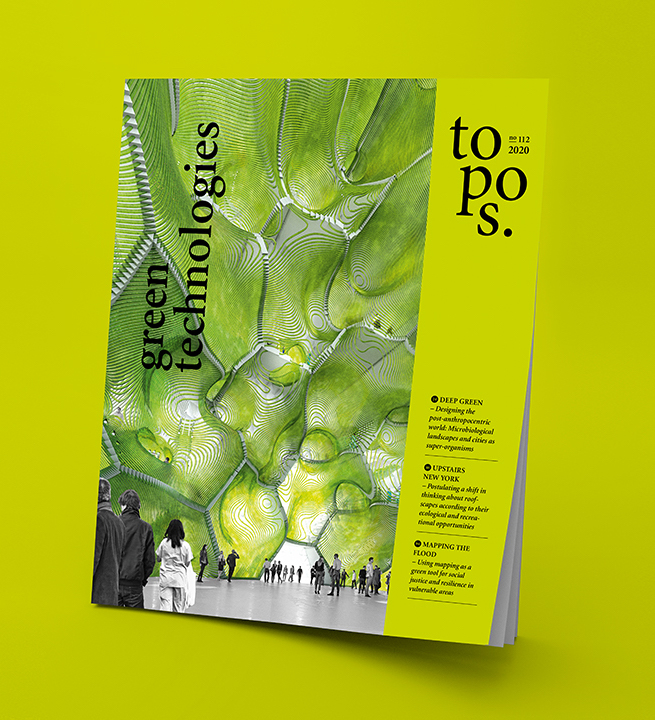

topos 112: green technologies
What can we learn from the coronavirus crisis and what design solutions are at our disposal to make our cities more future-proof? topos 112 presents cutting-edge contributions to these questions and topics.
Get a free preview of our current issue – enjoy the read.
about topos
topos is aimed at internationally active landscape architects, urban planners and decision-makers who want to inform themselves about international trends and developments in other countries. The English-language trade magazine is published four times a year and presents current developments and trends in landscape architecture and related planning disciplines worldwide. topos publishes outstanding projects and concepts and stimulates international discourse with its contributions from theory and practice.
UPSTAIRS NEW YORK
New York City is one of the most densely populated places on earth and continues to spread and grow in height, whilst offering the lowest amount of green square feet per capita in the United States. Sparked by new laws governing future roof uses for environmental benefit, the architects Sebastian Bernardy and Vincent Meyer Madaus are looking at the transformation that is taking place above our heads, postulating a shift in thinking about roof spaces and their ecological and recreational opportunities. Using a visual projection, they uncovered how the building top would provide the infrastructure for solutions in exceeding density, climate change, and pandemic recalibration at once – research and speculation on how the city’s roof use might evolve in the next 20 years. Read more in the print issue or the ePaper.
SUSTAINABLE HEDONISM
A garbage incinerator that is used as a ski slope – is that really possible? In fact, the “CopenHill” designed by BIG shows us how to combine the two, making the case for a hedonistic sustainability. Is this hybrid, mixed-use structure that merges leisure activities and industry in the shape of a waste-to-energy facility a model for future architecture? Starkly contrasting Le Corbusier’s separation of functions that he propagated in his ville contemporaine, it quickly becomes clear that the building is a type of ville mélange in which typologically anything seems possible. Read more in the print issue or the ePaper.
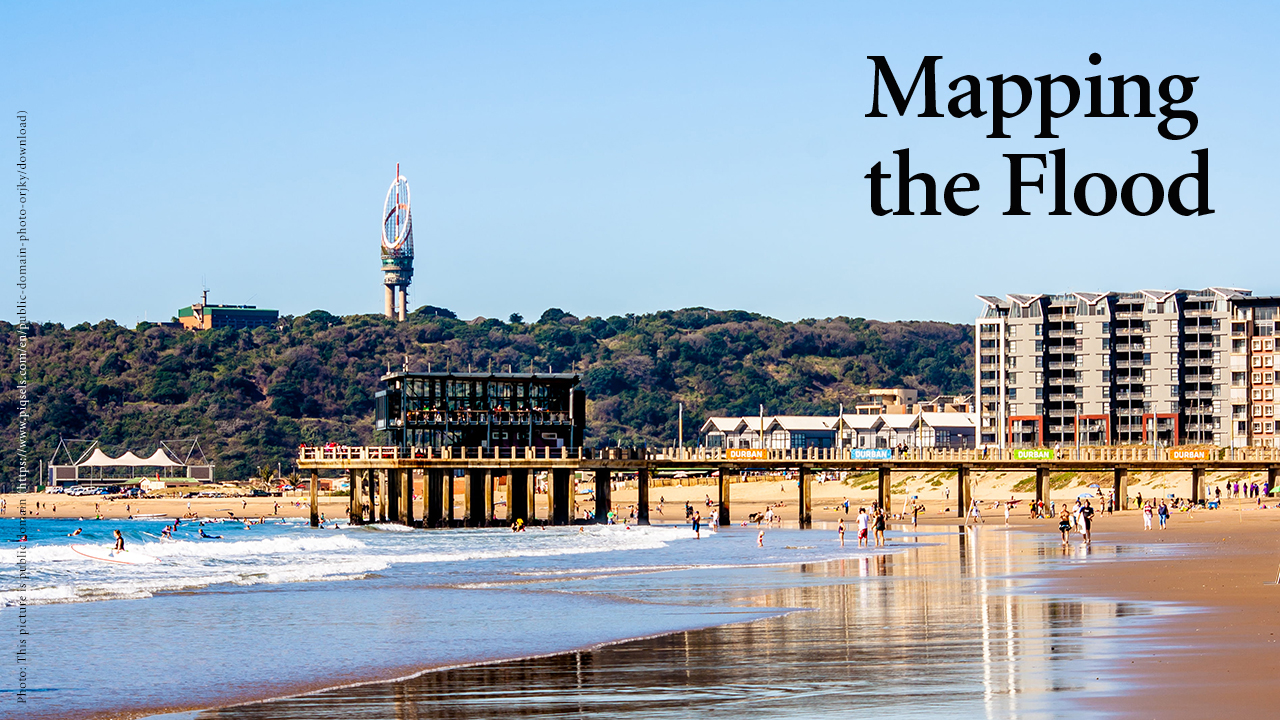

MAPPING THE FLOOD
Is there a social justice dimension of green technologies? One possible approach to strengthen social justice and resilience is to map areas at risk inhabited by vulnerable people. The South African city of Durban, prone to pluvial and coastal flooding, to heat and drought, serves as an example. Citizens live in hazard prone locations exposed to flood risk. Housing opportunities are limited due to poverty- and ethnicity-based vulnerability. Mapping that uses in-depth and community-based information can reduce vulnerability and flood risk in a timely and just manner. Read more in the print issue or the ePaper.

